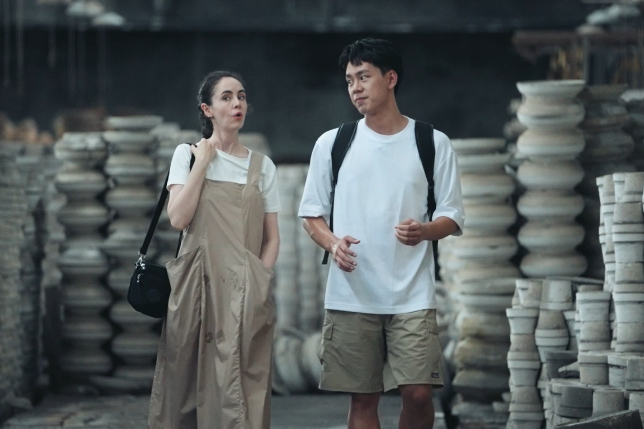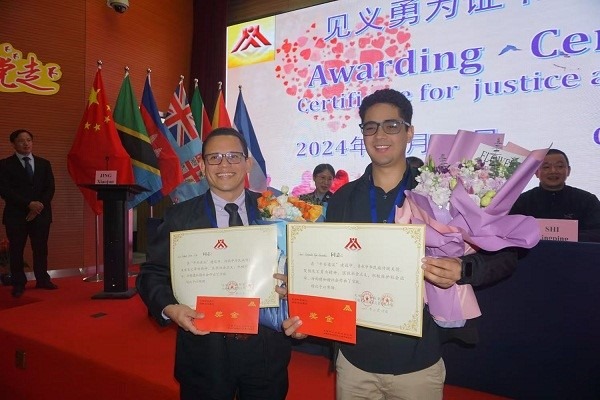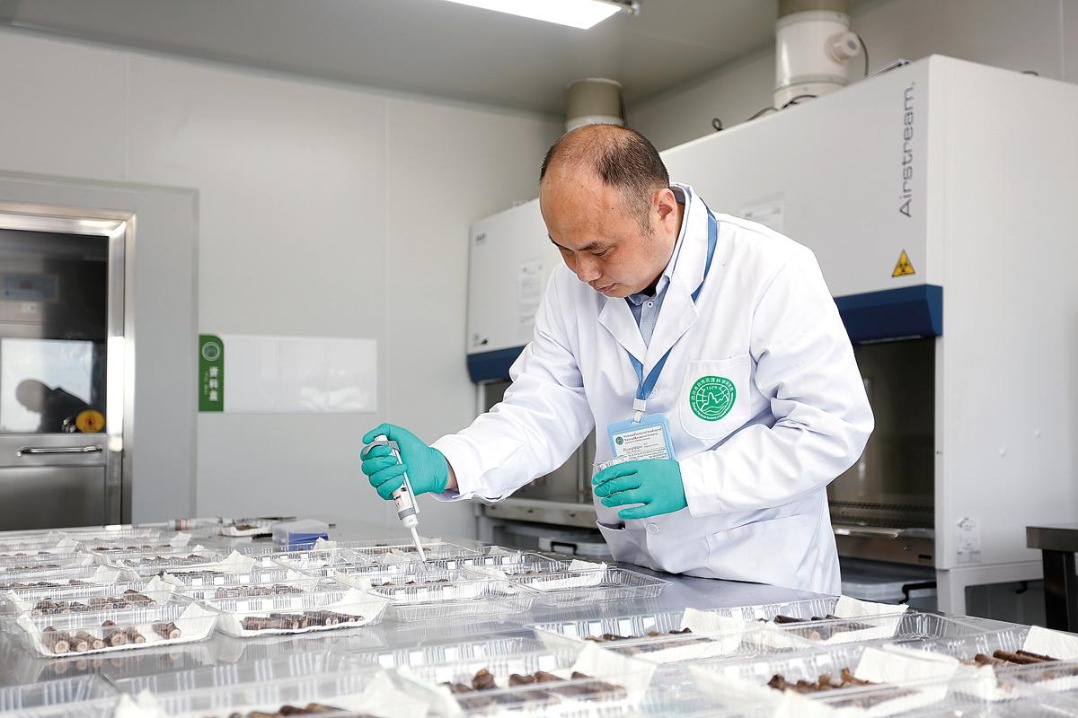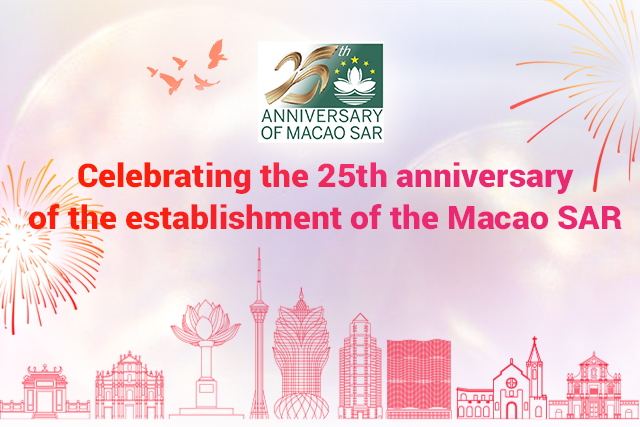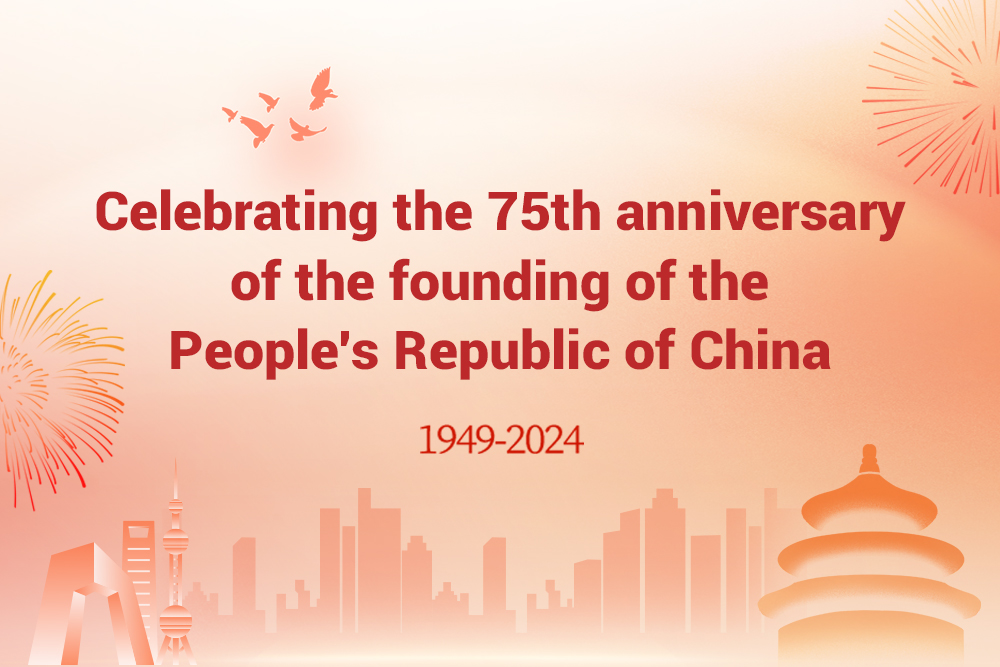Ancient ink craft struggles for longer life

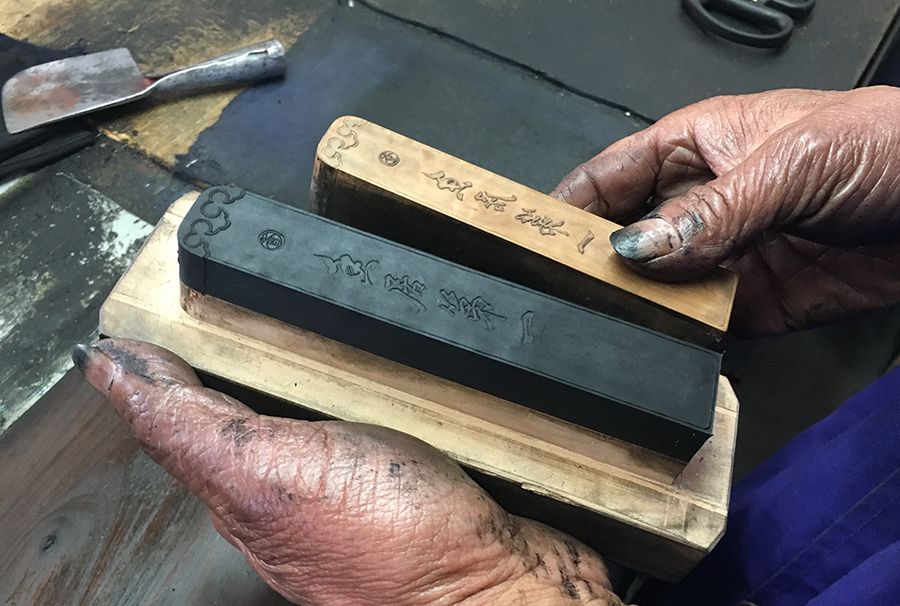
Wang Yunqian, a craftsman at Wang Aijun's workshop, takes a finished inkstick out of a mold. CHENG SI/CHINA DAILY
The knowledge needed to produce the traditional Huizhou inkstick is on the brink of extinction because of a lack of raw materials and trained craftsmen.
Listed as a national intangible heritage in 2006, the Huizhou inkstick, also known as huimo, is included as one of the Chinese traditional Four Treasures of the Study, the other three being brush, paper and ink stone.
Acclaimed for its quality, the Huizhou inkstick is mainly produced in the counties of Jixi and Xiuning, and in Huangshan city in southern Anhui province, which was once referred to as Huizhou.
The fine craftsmanship, material and technique for producing huimo are strict. In old times it was made in 11 steps, including inkstick airing and decoration, while the modern recipe reduces the number of procedures to eight, featuring the collection of turpentine soot and the making of a mold.
"The fine-grained soft Huizhou inkstick can express the quintessence of Chinese calligraphy and brush paintings with its long-lasting color, just like the eyes of a person conveying glowing inner contentment," said Qian Xinjiang, a member of the Anhui Calligraphers Association.
But the popularity and convenience of using carbonblack ink poses a major challenge to the market for the traditional inkstick, Qian said.
Wang Aijun, an inheritor of the national intangible heritage, has been dedicated to the production and research of huimo in Jixi for more than 30 years, ever since he joined a local production workshop as an apprentice in 1984 at age 19.
"Genuine huimo can only be produced by hand, and the whole manufacturing process is painstaking," he said. "Collecting turpentine soot, for example, requires the craftsman to stay in a closed and oxygen-deficient environment to collect the soot in incomplete combustion, which is a great challenge to the fitness and willpower of the worker."
The 53-year-old craftsman is actively involved in researching the ancient method of making huimo, while introducing new ideas, such as adding traditional Chinese medicines to change the color of the ink and make it more colorfast.
Xu Zichao, who wrote Huimo Chronicles with support from the Jixi government, said huimo can be dated to the Tang (618-907) and Song (960-1279) dynasties, and reached its greatest popularity in the Ming (1368-1644) and Qing (1644-1911) dynasties.
However, there are no more than 200 skilled inkstick carvers and craftsmen in Jixi county, and most of them are elderly.
"Making the inkstick requires the spirit of craftsmanship," Wang said. "The job is unattractive to the young generation. The working environment is stuffy and kind of dirty, which makes young people recoil from it."
Wang, who owns an inkstick production company, has secured the cooperation of the Jixi government in building a huimo-themed cultural park to help promote the traditional treasure. It includes a museum, an experience hall and exhibition halls for Chinese traditional calligraphy and brush painting. The cultural park has attracted an investment of 160 million yuan ($23.5 million), with an 8 million yuan grant from the local government. It is scheduled to open to the public in May.
Cheng Mubin, director of the Jixi Cultural Center, said: "We are optimistic about the future of huimo as we combine the development of the traditional craft with tourism. Talent and innovation are also emphasized to bring new life to the ancient national treasure."
- China moves to promote development of pharmaceutical industry
- New Shanghai-Suzhou-Huzhou high-speed rail line to open soon
- Former ICBC senior official sentenced, fined for bribery
- YICC celebrates 1st anniversary with milestone achievements
- Beijing launches street performers' licenses in Chaoyang
- China's environmental violation cases decline





















